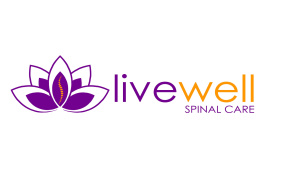** This post contributed by Dr. Traci Grandfield
Core strength is one of the major foundations to our health and, consequentially, quality of life. The definition of core is “the most central or most important part of something.” The core is where we generate the power to drive our bodies in every action they perform. From major stressors, such as lifting weights at the gym, to small actions, such as chores around the house, our core is responsible for supporting our spine and the rest of our skeletal framework. Without core strength, your body will always struggle to hold balance and alignment and injury is much more likely to occur.
What muscles make up the core?
The core is not simply the lower abdominals. It is composed of many muscles working together: muscles of the trunk including the abdominals and little muscles surrounding the spine called paraspinals, muscles of the hip girdle including the gluteals and upper leg muscles, and the shoulder girdle muscles. These muscles are constantly working together to stabilize your core. Core stability comes from the strength and ability of these muscles to hold it together, literally.
Benefits of core stability
Injury prevention, maintenance of low-back health, athletic performance and spinal stability are just a few benefits of having a strong core. Injury can occur to the discs of the spine, such as a herniated disc, due to lack of support during a simple activity like bending over. Without proper gluteal firing and hip stability, stress on the knees may be overwhelming. This can lead to arthritis over time or knee ligament injury.
Core stability is necessary for movement of arms and legs in athletics. If you’ve ever carried groceries, moved boxes, swung a baseball bat or golf club, shot a basketball or served a volleyball you felt the activation of your core beginning in your abdomen or trunk before the transfer of power out through your arms and legs. In fact, the more core strength you have, the better you perform in any of those activities.
While performing well is satisfying, remember that avoiding injury while playing your favorite activities is paramount. Some research has proven that optimal performance comes from optimum production, transfer and control of force and motion to the extremities in athletic activities. This means that power from your arms and legs is dependent on the strength and stability of your trunk and core muscles, which produce and transfer forces across the body.
So remember:
Core endurance = Spinal stability
Core strength = injury prevention and better athletic performance
Both endurance and strength = better balance

If you want to feel better and improve your quality of life, contact Dr. Grandfield to find out how to get started. Getting aligned is the first step to empowering your body and mind in any endeavor.

